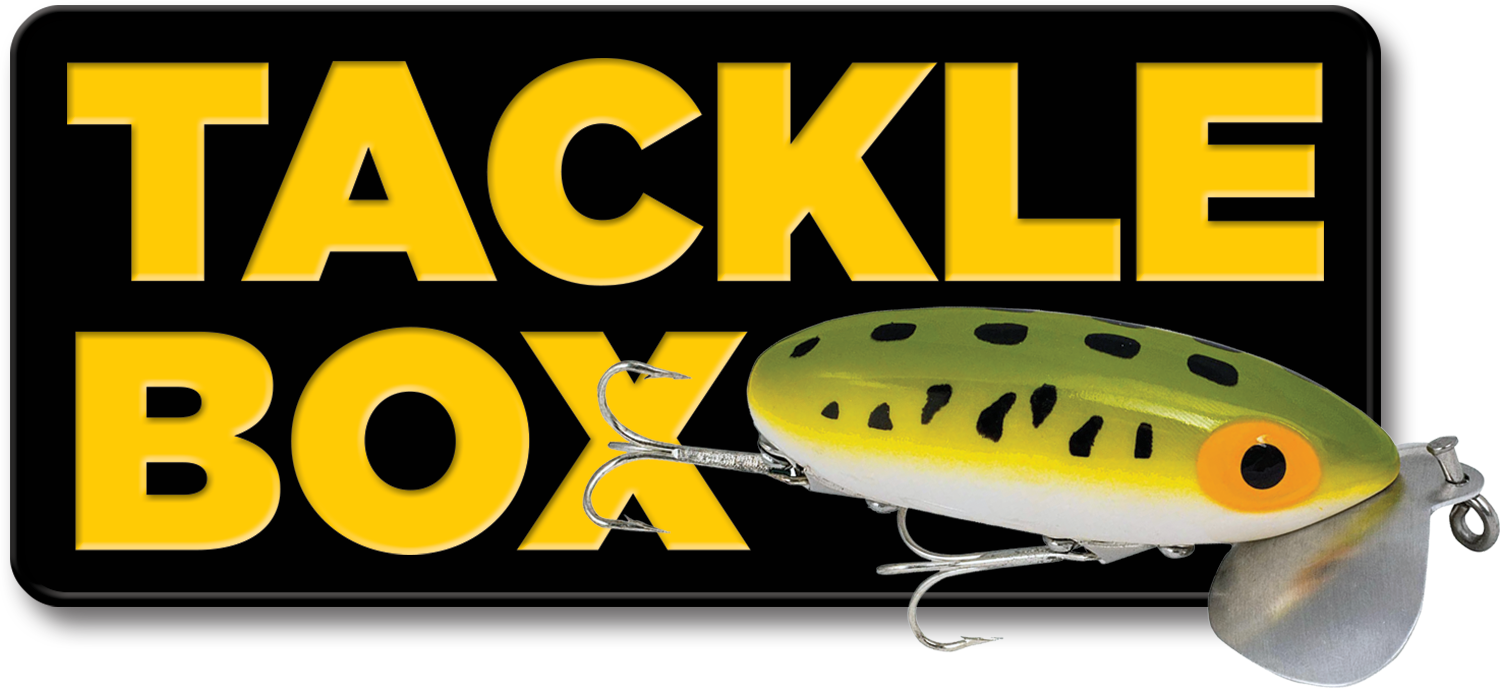
Being cold-blooded, fish are adept at assuming the temperature of the surrounding water. To a point. But even heat-tolerant gamefish species such as largemouth bass and panfish seek out water temperatures that are in their preferred comfort range. This time of the year, with the heat of the sun beating down on the water, that often means the fish must move deeper to find cooler water and avoid the annoying rays of said sun. Using spring tactics that target fish in the shallows, or suspended in shallow water over deep, will often go unrewarded as the finned targets may now be many feet below the productive fishing depths found earlier.
Great Lakes anglers seeking salmon and walleyes, as well as anglers in other large, deep, inland waters, have developed a battery of accessories to help them put their baits in the face of fish that may be feeding a hundred feet or more below the surface this time of year, using everything from downriggers and diving planers to lines made of lead and copper. We’ve discussed those hardcore options in these pages before – and will again when it’s time to cycle through the subject. But if you, like me, are an opportunistic weekend angler who will take some pains to put fish in the cooler but isn’t ready to commit to adding advanced “controlled depth” angling equipment to our deck or pontoon boat, I have an option.
In addition to hanging out in deeper water during the Dog Days, many fish species also clam up a bit, not feeding nearly as much as they might during the shoulder seasons. They might not be willing to move much to chase down a minnow or raise or lower themselves in the water column to grab a leech or soft craw. But when food is dangled in their face and remains there, the gamefish may be apt to bite, even if out of aggression more than hunger. Ice anglers presenting bait vertically to lethargic fish documented on video that gamefish will often fin in place and stare at a bait for long periods before taking a nibble or pushing the bait out of their space. The same thing occurs at the opposite time of the year – now – when equally lethargic gamefish may have to be practically spoon fed to get them to bite.
That’s when slip bobbers enter the picture. A slip bobber is a specialized fishing float that allows the line to slide through until a stopper on same interrupts the slippage and suspends the bait at a predetermined depth below. What the slip bobber does is allow the angler to drop his bait to a precise depth and keep in there – with little more for the angler to do that wait until a fish eats his offering or it is time to change depths by adjusting the stop’s location along the line to fish deeper or shallower, or moving fishing locations altogether.

I break out the slip bobbers about this time each year when I am on the prowl for crappies, yellow perch and walleyes. Crappies are a push-over to catch earlier in the season when they are in the brushy shallows, as are walleye and perch feeding in shallow weed beds. But when these fish move into deeper water it’s nigh impossible to be able to manage the required length of line below a static float. Yes, you can forgo the float and cast sinking baits to the fish, but unless you know at what rate your bait sinks and how it tracks when being reeled back in, it’s a crap shoot to locate and remain in the strike zone. Plus, that cast-and-retrieved bait is moving and may not offer an easy target for a sluggish summer gamefish to inspect as a possible meal, let alone to chase down. Slip bobbers check all those boxes.
Slip bobbers come in several styles, the common denominator being that they allow the line to slide freely through eyelets or a narrow tube in the center of the float. While there are bobbers designed specifically to slip, some traditional clip-on floats can be fashioned into slip models by adjusting the clips with a twist to keep them from snugging-up on the line.
All types of slip bobbers require something to be placed on the line above the float to stop it from sliding through the bobber to reach a predetermined depth. The stopper must be small enough to fit through the line guides on the rod and not interfere with casting after being wound onto the reel spool with the line. There are a dozen or so bobber stops commercially available, and they all do the trick: small rubber bumpers, pieces of rubber band, tiny tubes, wire wraps and beads. Most stoppers require them to be slipped onto the main line before the bobber any other terminal tackle that is tied on below it. And most are adjustable, allowing the angler to loosen and slide the stopper up and down the line as needed.
In a pinch, when using a slip bobber, I simply mark the place on the line where I want the line to stop, make a small loop and tie a simple overhand knot with the doubled line. That leaves a tiny loop of line to serve as the stop. I am careful not to snug the knot too tight, because with a sharp pull I want to be able to get the knot to come undone when needed, and I can make another loop that corresponds with the depth I wish to present my bait. Which, during the Dog Days of Summer, is often too deep to reach casting traditional bobbers.


- LENGTH:23’1″
- BEAM:101″
- WEIGHT:2,350 LBS.
- PASSENGER CAPACITY:12
- FUEL CAPACITY:55 GALS
- MAX HP:250HP
WWW.PRINCECRAFT.COM